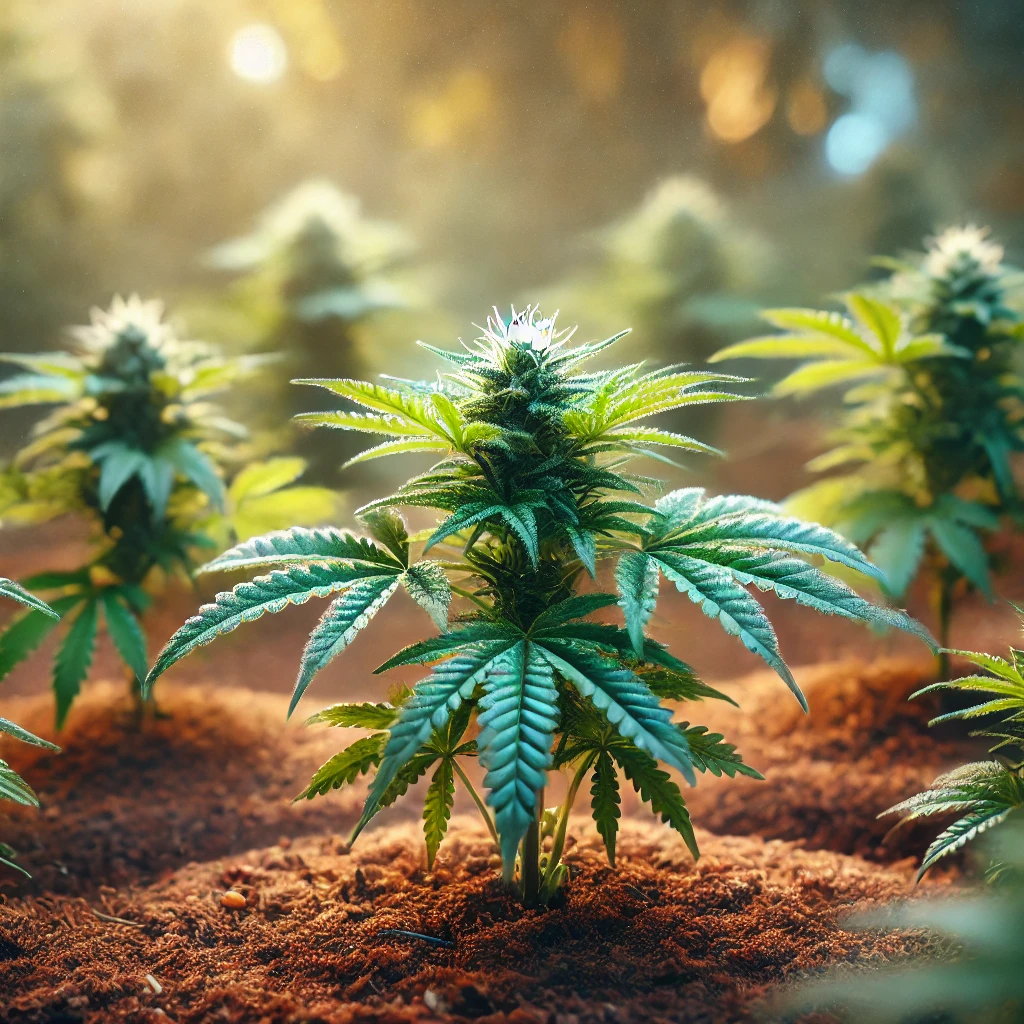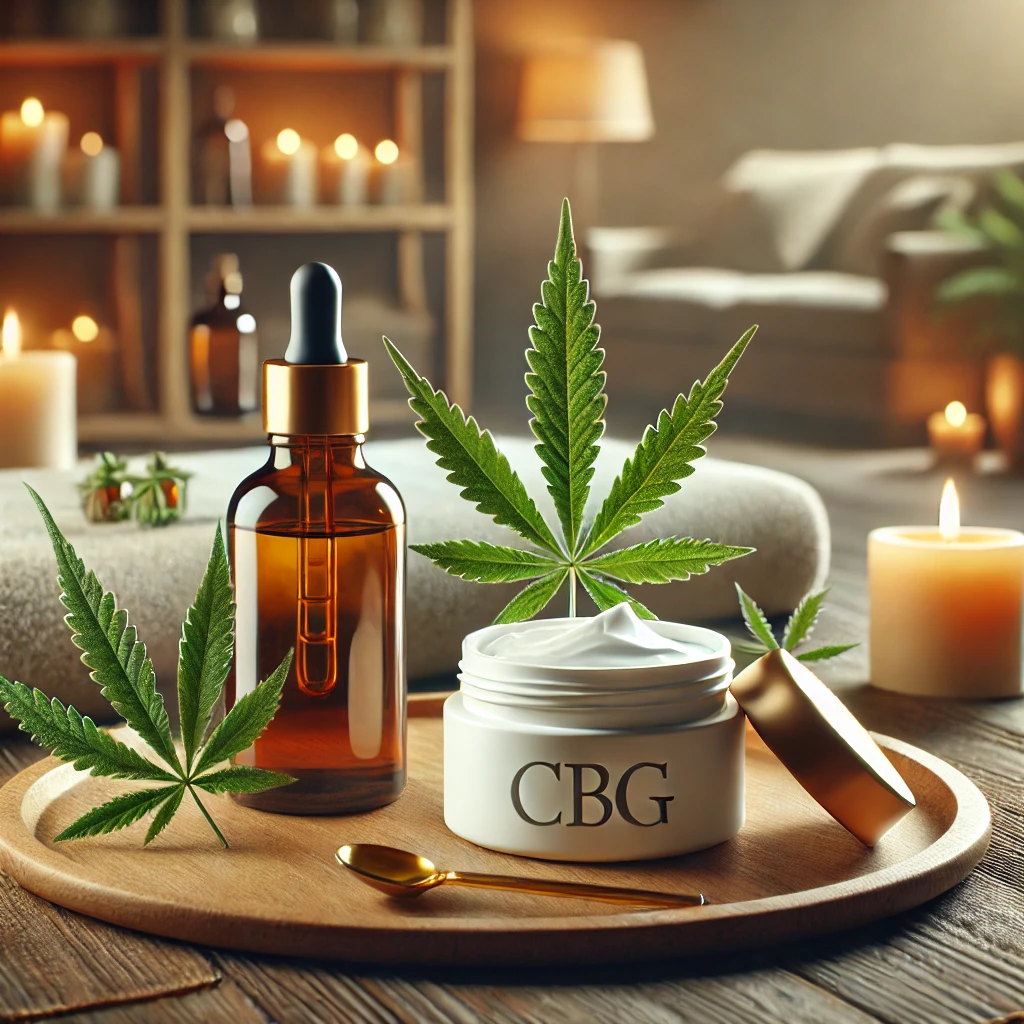Ideal Temperature for Cannabis Cuttings
At first glance, the idea of cutting off a small branch and watching it transform into a new plant may seem almost magical. However, far from being a gimmick, success in cloning marijuana depends on specific conditions, and temperature plays a key role in this process. It’s not just about planting and waiting, but about understanding how the environment influences root development and plant growth. This principle not only applies to marijuana, but also to other crops, including those that produce CBD flowers, where temperature and humidity control are just as critical to the quality of the final product. In this guide, you’ll discover the importance of temperature, the ideal ranges for each stage of the cutting, and how to regulate these factors to ensure the best possible development. Importance of Temperature in the Rooting of Marijuana Cuttings Why is temperature crucial for cuttings? When a cutting is cut from a mother plant, it loses its connection to the root system that provided it with water and nutrients. At this critical time, temperature becomes a deciding factor: an environment that is too cold will slow down the growth of new roots, while too much heat can lead to dehydration. Finding the right balance not only speeds up rooting, but it also minimizes stress and improves the odds of success. Relationship between temperature, humidity and evapotranspiration Water plays an essential role in the life of a cutting. Through the process of evapotranspiration, the leaves release water into the environment, which in turn generates a suction effect on the plant that drives the absorption of water and nutrients from the base of the stem. If the temperature is too high and the air humidity is low, the cutting will lose water faster than it can absorb, bringing it into a wilted state. On the other hand, if the humidity is excessive and the temperature too low, the cutting can become vulnerable to fungal diseases such as gray mold. Influence of temperature on water and nutrient uptake Root growth is highly influenced by the temperature of the substrate and the surrounding air. At optimal temperatures, auxins – rooting hormones – are activated and stimulate the production of new roots. However, in environments that are too cold, these hormones work inefficiently, and it can take twice as long for the cutting to generate a viable root system. That’s why adjusting the temperature properly is key to maximizing rooting success. Ideal Temperature Range for Marijuana Cuttings: Ideal Parameters According to the Stage of the Clone Seedling (20-25°C, 70% humidity) The first few days are critical for the cutting, as it has not yet developed functional roots. Maintaining a temperature between 20 and 25°C, along with high humidity (around 70%), is ideal to prevent it from losing too much water while starting the rooting process. Initial vegetative growth (22-28°C, 60% humidity) Once the cutting begins to develop visible roots, the moisture can be gradually reduced to prevent fungal growth. A slight increase in temperature to 22-28°C will favor the formation of a stronger and more efficient root system. Flowering and bud formation (22-28°C, humidity reduction to 40%) When the plant enters the flowering phase, reducing humidity is essential to prevent mold from forming on the buds. The temperature should be kept stable in the recommended range to preserve the quality of the resin and cannabinoids. How do cuttings react to extreme temperatures? Effects of excessive heat (30°C or more) on root development Temperatures above 30°C can generate severe stress on the cuttings, causing excessive perspiration that quickly dehydrates them. In addition, extreme heat can speed up the metabolism of the cutting, depleting its energy reserves before it can develop a solid root system. Consequences of cold on the formation of roots and new shoots Extreme cold (below 18°C) drastically slows down auxin production, which means that roots will take much longer to form. In addition, excess humidity combined with low temperatures can encourage the appearance of harmful fungi and bacteria. Experience with thermal variations: To what extent do they affect performance? In outdoor crops, plants can gradually adapt to temperature changes, but freshly cut cuttings do not have the same resilience capacity. Sudden changes, such as a sudden heat wave or an unexpected frost, can damage them irreversibly. Therefore, in indoor crops or greenhouses, it is advisable to use air conditioning equipment to maintain optimal conditions. Regulation of Temperature and Humidity in Cultivation of Cuttings Home methods to stabilize temperature and humidity Using Fans and Exhaust Fans Airflow is essential to prevent overheating and distribute moisture evenly. Extractors help remove excess heat in indoor grows, while low-powered fans can generate a light breeze without drying out the cuttings. Water trays and damp rags to increase humidity If the environment is too dry, trays of water can be placed near the cuttings to increase the relative humidity. You can also use damp cloths or spray water with a spray bottle. Avoid common mistakes like overwatering directly Overwatering can be detrimental to cuttings, as too wet substrate can cause root rot and fungal growth. It is preferable to water in small amounts and make sure that the substrate has good drainage. Equipment for more precise control Air conditioning and heaters in greenhouses and indoors These devices allow temperature regulation in controlled environments, ensuring constant growth without extreme thermal fluctuations. Using Humidifiers and Dehumidifiers For more precise humidity control, humidifiers can help maintain the ideal humidity level at the rooting stage, while dehumidifiers are useful in flowering to prevent mold from forming. Air circulation and fungal prevention in cuttings Proper airflow not only helps regulate temperature, but also prevents moisture buildup on leaves, reducing the risk of fungal infections. Irrigation strategies to stabilize temperature and humidity Watering early in the morning or just after turning on the lights in indoor crops allows the humidity to be distributed more evenly without generating sudden changes in the temperature of the substrate. Final Tips to Improve the Rooting of Marijuana



